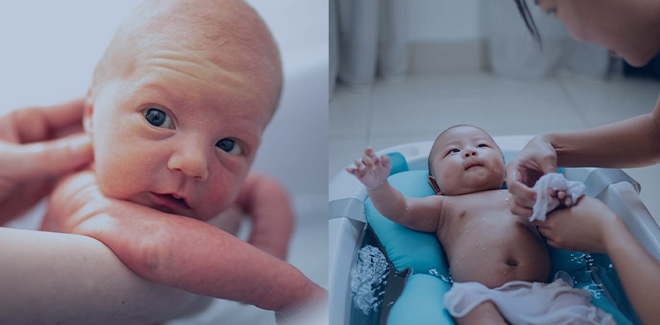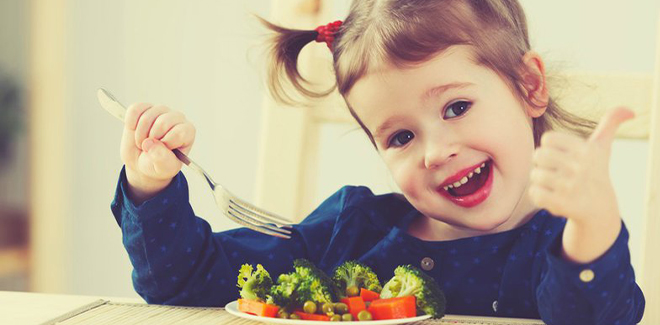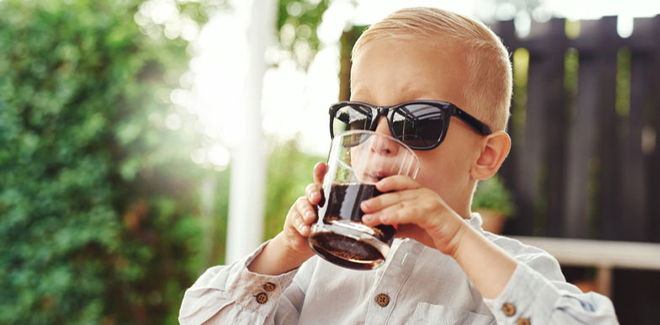Parents often take extra precautions to ensure a safe and comfortable environment for their baby bathing a baby, keeping the water temperature around 98 to 100 degrees Fahrenheit and using mild, unscented baby soap to clean delicate skin. A baby’s first bath is not just a practical necessity. It’s an opportunity to bond and create lasting memories as parents carefully cradle and bathe their baby, all while building a foundation of trust and security.
As a baby’s first bath unfolds, there is a sense of wonder and wonder. Parents watch the child’s reactions, from the initial curiosity to the final relaxation in the warm water, and may capture these precious moments with photos or videos. This is a time of exploration for babies as they experience the feel of water on their skin and the loving touch of their caregivers. This special event is a reminder of the new responsibilities that come with parenthood, as well as the incredible journey that lies ahead in raising and caring for a child. The first baby shower is not only a physical cleansing, but also an emotional and symbolic step to welcome the newest member of the family into the world.
How often should you bathe a baby?
The number of times a baby should be bathed can vary depending on their age, activity level, and personal preferences. Here are some general guidelines for how often to bathe your baby:
Babies (0-3 months): Babies do not need a daily bath. In fact, it is generally recommended that you only bathe them 2-3 times a week. Baby’s skin is sensitive and does not produce much oil, so excessive bathing can lead to dryness and irritation.
Babies (3 to 6 months): As the baby gets a little older, you can gradually increase the frequency to 3 to 4 times a week, but daily bathing is still not necessary. To maintain cleanliness, you can clean their face, neck, hands and diaper area daily with a wet wipe.
Older infants (6-12 months): At this stage, you can bathe your baby more often if you want, like every other day or even every day if they enjoy it. Just make sure to use mild, unscented baby soap and lukewarm water to avoid skin irritation.
Toddler Stage (1 to 3 years): When your baby is a toddler, you can settle into a regular bathing routine, which usually includes bathing daily or every other day, depending on his activity level and preferences. bring.
Remember to use mild baby shampoo and soap and make sure the water is warm but not too hot. Be careful about bathing too much, as too much bathing can lead to dry skin. Pay attention to your baby’s cues, as they may not always enjoy bathing and may become dizzy if bathed too often. Always put their comfort and well-being first. Additionally, it’s important to moisturize their skin with a gentle baby lotion or cream after a bath to prevent dryness. If your child has any skin conditions or allergies, consult a pediatrician for specific advice on bathing and skin care.
Important tips for bathing a baby
Parenting is a difficult and at the same time very enjoyable path. Bathing a baby can be a wonderful bonding experience for parents and caregivers, but it can also be a little intimidating, especially for first-time parents. Here’s a complete guide on how to bathe your baby safely and effectively:
1. Gather your supplies:
Before you begin, make sure you have everything you need within arm’s reach. This ensures that you will not need to leave the baby during the bath. You will need:
A baby bathtub or a clean sink with a non-slip mat.
Warm, clean water (about 2-3 inches deep) between 90-100°F (32-37°C). Use a baby bath thermometer to check the water temperature.
Mild baby soap without tears.
Handkerchiefs and soft towels.
A baby brush with soft bristles (optional).
Clean diapers and clothes.
Baby safe shampoo (if needed).
Clean change of baby clothes.
Cotton balls and a gentle baby lotion, baby toiletries (optional).

2. Prepare the environment:
Make sure the room is warm and draft-free. The ideal room temperature is around 75-80°F (24-27°C). Close windows or doors to avoid sudden temperature changes.
3. Wash your hands:
Always wash your hands thoroughly with warm water and soap before touching the baby. This reduces the risk of transmitting germs.
4. Undress your baby:
Place your baby on a soft, clean and safe surface. Remove their clothes and diapers. Use a blanket to keep the baby warm.
5. Start with the face:
Using a soft, damp washcloth, gently wipe your baby’s face, starting from the eyes and moving outwards. Use a different corner of the fabric for each eye. Clean the nose, ears and mouth too, be very gentle.
6. Washing hair (if needed):
If your baby has hair, you can wet it using a wet wipe or a small amount of baby shampoo. Be careful not to get water or soap into their eyes or ears. Gently massage the scalp and wash with clean water.
7. Put your baby down in the bath:
Take your baby under your arms, gently lower him into the bath water and support his head with your hand. Hold tight and never leave your baby unattended in the bath.
8. Wash the body:
Using a soft washcloth and a small amount of baby soap, gently clean your baby’s body, starting from the neck and working down to the toes. Pay special attention to folds such as armpits and neck. Be gentle and avoid rubbing.
9. Wash your baby:
Use a clean washcloth or washcloth to gently pour warm water over the baby’s body to wash off the soap. Make sure to remove all soap residue.
10. Lift your baby out of the water:
Carefully lift your baby out of the water, holding his head and neck with one hand and holding him under your arm with the other.
11. Dry and dress your child:
Gently dry your baby with a soft and clean towel, paying more attention to skin folds. Dress the baby in clean clothes and a fresh diaper.
12. Baby diaper lotion and cream (if needed):
If your baby’s skin is dry, you can use a mild baby lotion. If they have diaper rash or need protection, use diaper cream as directed by their pediatrician.
13. Cleaning:
Empty and clean the baby’s bathtub or sink and put away all the bathroom accessories.
Remember, never leave your baby unattended in the bathroom even for a moment. It is also important to be calm and gentle during the process so that bath time becomes a positive experience for your baby. Over time, you and your baby will become more comfortable with this routine, and it can be a special bonding time for both of you.
Washing the baby’s head and face in the bathroom
Washing the baby’s head and face while bathing requires gentle care to ensure their safety and comfort. Here’s a step-by-step guide on how to do it:
Materials you need:
- Baby shampoo (if needed)
- Mild baby soap (if needed)
- Soft wash cloth or cotton pads
- Towel
- A baby bathtub or a safe bathing area
Support your child:
- With one hand, gently support your baby’s neck and head. Use your forearm to cradle their body in the water.
washing face:
- Wet a soft washcloth or cotton pad with clean, warm water.
- Gently wipe your baby’s face, starting from the forehead and moving towards the chin and cheeks. Be very gentle and avoid getting water or soap into their eyes, nose or mouth.
- To avoid spreading dirt or irritants, use a different part of the wash cloth for each area.
Washing the head:
- If your baby’s head is dirty, you can use a mild baby shampoo. Apply a small amount on your hand and lather gently.
- With one hand supporting the head, use your free hand to gently wash your baby’s head. Pay special attention to areas where dirt, sweat, or cradle cap may collect, such as the scalp and behind the ears.
- Wash off the shampoo thoroughly with a clean, damp towel.
Remember to always keep an eye on your baby throughout the bath, as they should never be left unattended in the water. Be gentle and calm to make the experience as comfortable and enjoyable as possible for your baby. If your child has a specific skin condition or allergy, consult their pediatrician for specific product recommendations.

The best time to bathe the baby
The best time to bathe your baby can vary depending on your baby’s preferences, daily schedule, and your family’s schedule. Here are some common options:
Morning bath:
Many parents choose to bathe their baby in the morning because it can be a gentle way to wake them up and start the day.
A morning bath can also help establish a daily routine and signal to your baby that it is the start of the day.
Evening bath:
Some parents prefer to bathe their baby at night as part of a soothing bedtime routine. Warm water and a gentle massage can be soothing and help your baby settle down before bed.
Afternoon bath:
If neither morning nor evening is good for your family, an afternoon bath can be a good compromise.
An afternoon bath can be a great way to break up the day and provide a refreshing experience.
Ultimately, the best time to bathe your baby is when it works best for your family’s schedule and when your baby is generally in a good mood and not too hungry or tired. You should also consider the temperature of your home and make sure the room is comfortably warm to prevent the baby from getting cold after the bath.
Remember that newborn babies have very sensitive skin, so you don’t need to bathe them every day. At first, a few times a week may be enough, and you can increase the frequency as the child gets older and more active.
The key is to create a regular, gentle schedule that both you and your baby are comfortable with, and always prioritize your baby’s safety and comfort during bath time.












